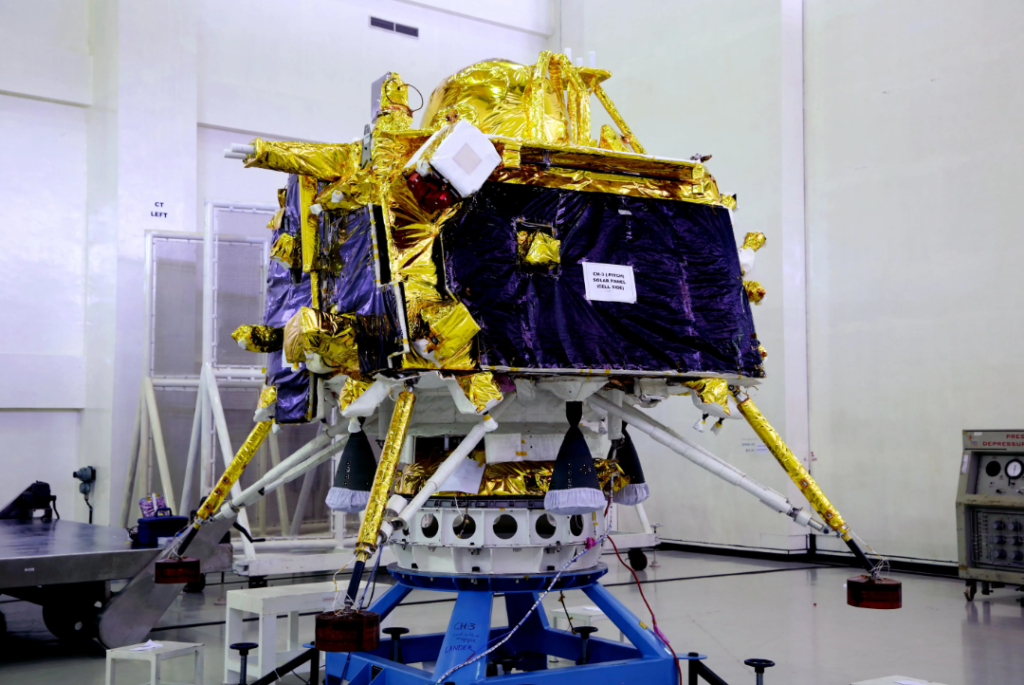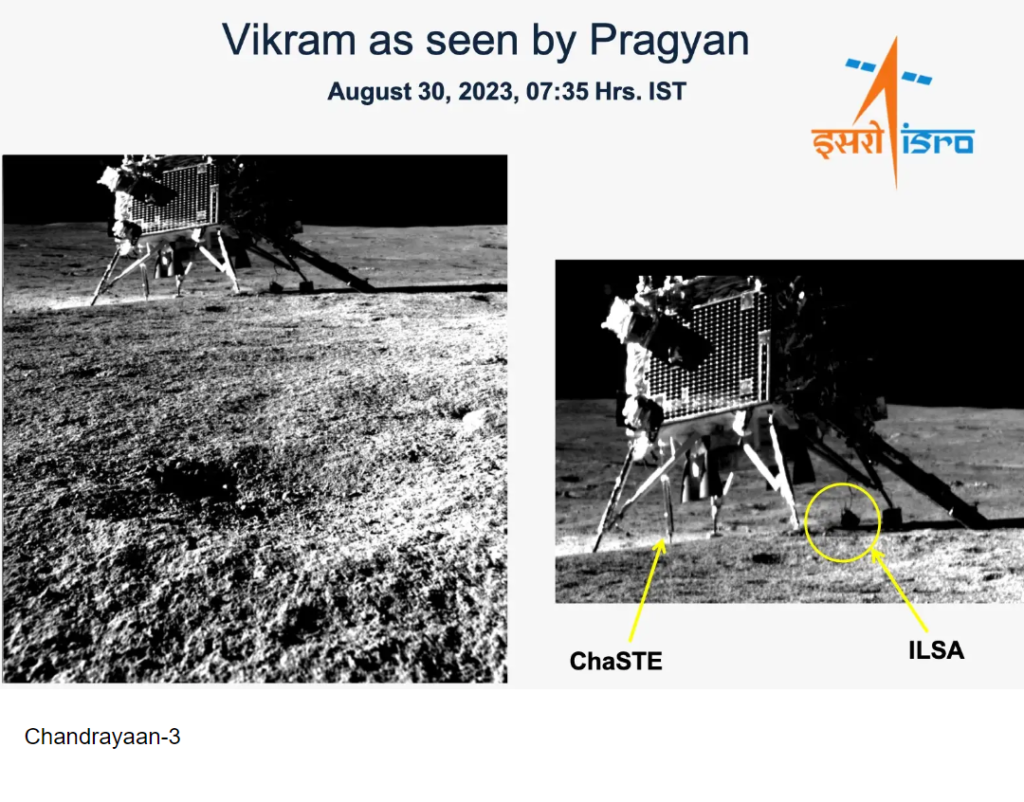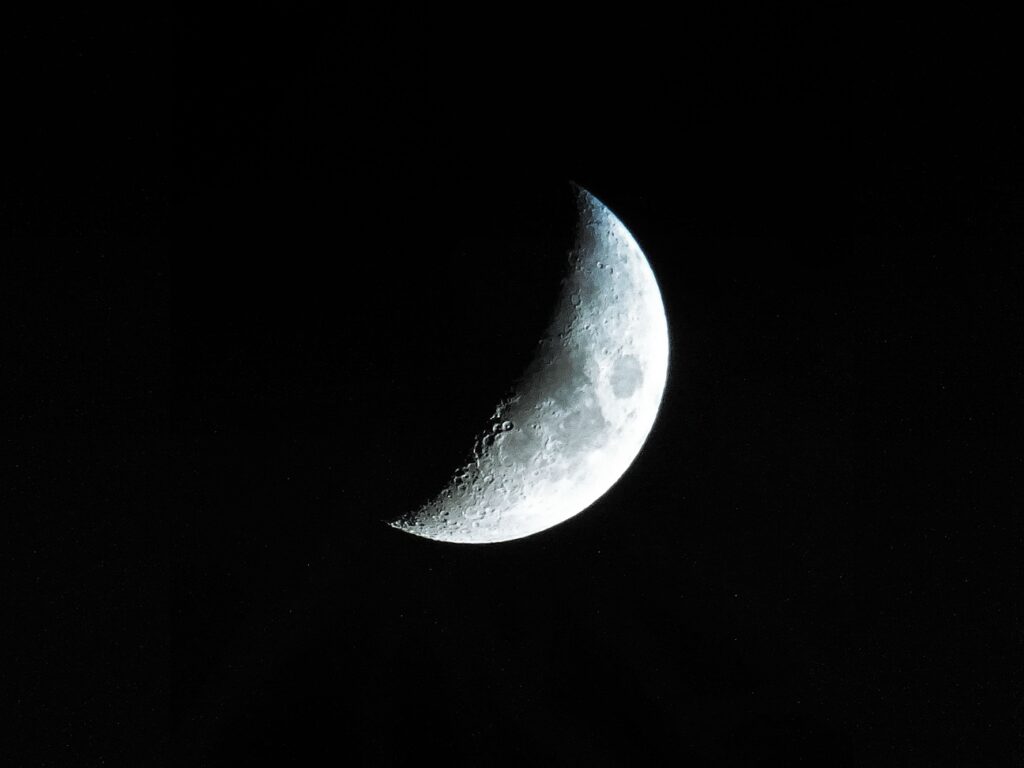On August 23rd, 2023, scientists worldwide celebrated the landing of the Chandrayaan-3 Mission, an Indian-led space program to the Moon’s south pole. Chandrayaan-3 became the first mission to ever touch down in this relatively underexplored region, and hopes were high that discoveries would be unveiled for months to come. Sadly, this will not be the case. Nevertheless, the mission did turn up some interesting findings. Here’s what you need to know:

The Lifespan of the Chandrayaan-3 Mission
The lander (Vikram) and the rover (Pragyan) are both solar-powered. This means, of course, that they require sunlight to function. When night fell over the moon in early September, the machinery was parked and put into “sleep mode” until later that month. Scientists hoped that when day broke again around September 22nd, the lander-rover would wake up and continue transmitting images and data. After all, this is what happened with China’s Chang’e4 lander and Yutu2 rover.
However, it is now mid-October and scientists have not received any additional contact from the lander-rover duo. A possible cause is that the electronics system failed during the long lunar night. Scientists did not necessarily expect the Chandrayaan-3 Mission to last longer than one lunar day, but (naturally) they did hope for the mission to proceed into Phase 2.

Findings of the Chandrayaan-3 Mission
Thankfully, before this unfortunate turn of events, the Chandrayaan-3 Mission did manage to send some intriguing data back to us Earthlings. A soil probe showed dramatic differences in the temperature of the topsoil as compared to the temperature of soil just 3 inches beneath it. This tells us that lunar soil is a fantastic insulator, a fact that might come in handy if we ever build colonies on the Moon.
Chandrayan-3 also identified sulfur in the soil, contributing to evidence of the Moon’s volcanic origins. Even sulfur bodes well for future lunar colonies, as it can be used for fertilizer.
It is not insignificant that the mission landed near the Moon’s south pole. This area is notorious for its rugged terrain. Indeed, the rover was guided to dodge multiple craters in just 14 days, while moving at a rate of 1 cm per second. The mission, therefore, provided good insight into what remote control systems are most effective and what infrastructure is needed for machinery to survive in that area of the Moon.

Looking Forward
On a more humanistic level, the Chandrayaan-3 Mission invoked massive pride in Indians worldwide. It has reminded us of how powerful space exploration can be in creating bonds among people who may live thousands of miles apart and lead very different lives.
Here at eco18, we look forward to seeing how future lunar missions evolve, and what findings they will send back to Earth. To learn more about the Chandrayaan-3 Mission’s discoveries, including its recording of a potential Moonquake, check out the BBC’s coverage here.
 Food
Food Farmers
Farmers Sustainable Living
Sustainable Living Living Planet
Living Planet News
News